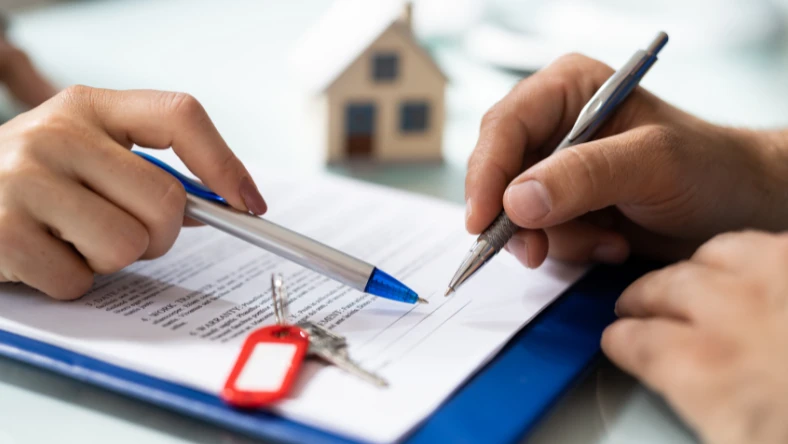
A deed of trust, also known as a trust deed, is a legal doc...

Before you start house hunting, it’s essential to understand how much home you can comfortably afford. From income and debt to interest rates and down payments, several factors influence your buying power. Knowing your affordability range helps you shop smarter—and avoid financial stress down the road.
You’re ready to leap from renting to buying a home—that’s exciting news! However, affordability remains a significant challenge for many prospective homeowners. According to the National Association of Realtors, the median sales price of existing homes in Q1 2025 is $391,200, reflecting a 0.93% increase from the previous year. Rising prices are good news for sellers but continue to strain buyers’ budgets.
At the same time, mortgage rates remain high. As of January 2025, Mortgage News Daily reports that the average interest rate on a 30-year fixed-rate mortgage has climbed to 7.02%, up from 6.64% at the end of 2023. These increases make borrowing more expensive, but with careful planning, you can still purchase a home that fits your budget.
Before buying a home, ensure that the monthly mortgage payment fits comfortably into your budget. Missing payments could lead to financial struggles or, in the worst case, foreclosure.
Generally, lenders recommend purchasing a home at no more than 2.5 to 3 times your gross annual income. For instance, earning $60,000 a year can afford a home priced between $150,000 and $180,000.
However, this formula doesn’t account for individual circumstances. If you have minimal debt, you might afford a more expensive home. However, when managing high levels of student loans, credit card debt, or car payments, you’ll likely need to aim for a less costly property.
Lenders use your financial profile to calculate how much money you can borrow. This evaluation includes your income, debts, and credit score. Two key ratios guide this process:
For example, when your gross monthly income is $5,000, lenders may approve you for housing expenses of up to $1,400 (28% of income) and total monthly debt of $1,800 (36% of income).
A larger down payment can significantly improve affordability. By putting more money upfront, you reduce the size of your loan, lower monthly payments, and eliminate the need for mortgage insurance.
Most conventional lenders require at least 5% down, though first-time buyers often put down less. According to the National Association of Realtors, the average down payment for first-time buyers has hovered around 7-8% in recent years. A $300,000 home translates to a down payment between $21,000 and $24,000.
Government-backed loans offer even more flexibility:
A higher down payment can help you secure a lower interest rate and reduce your long-term costs, making it worth considering.
Even if you can afford the home’s price and down payment, your credit score determines whether you’ll qualify for a mortgage and the interest rate you’ll receive.
Lenders favor borrowers with strong credit histories. Aim for a FICO score of 740 or higher to secure the best rates. A higher score signals to lenders that you’re a low-risk borrower, resulting in lower interest rates and more affordable monthly payments.
If your score needs improvement, take steps to build credit:
Buying a home remains possible despite rising interest rates and higher home prices. Here’s how to prepare:
Transitioning from renting to buying is a significant step. Still, with the proper preparation, you can find a home that fits your budget and lifestyle. Evaluate your financial situation, explore your options, and take advantage of resources to make your dream of homeownership a reality.
Understanding home affordability is the first step toward a confident homebuying journey. With the right tools and expert guidance, you can find a home that fits your lifestyle—and your budget. At Salem Five, we’re here to help you every step of the way.
Beyond the mortgage payment, be sure to include:
A larger down payment reduces your loan amount, lowers your monthly payments, and may eliminate the need for PMI. For example, putting down 20% or more can improve your loan terms and increase your purchasing power. Try our home affordability calculator.